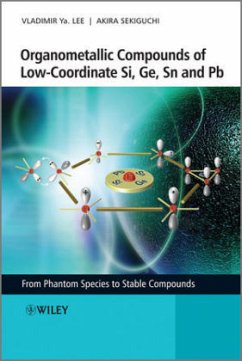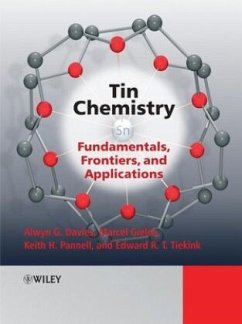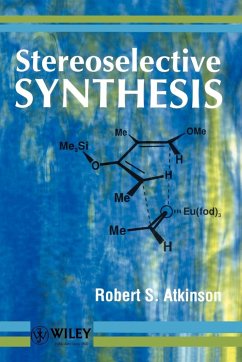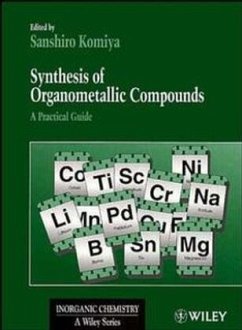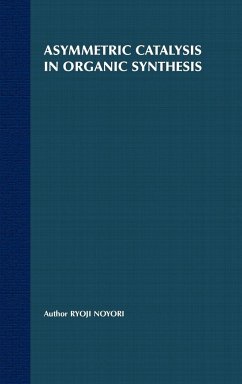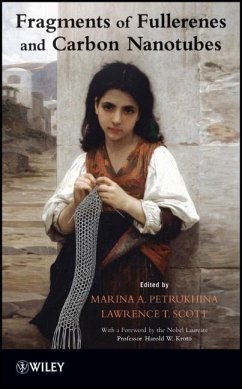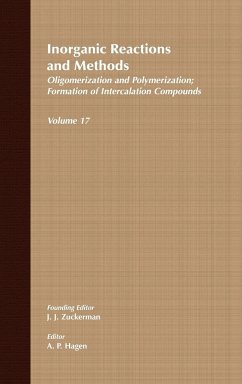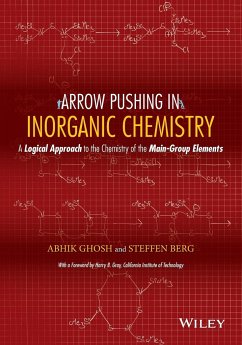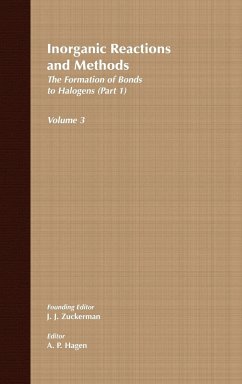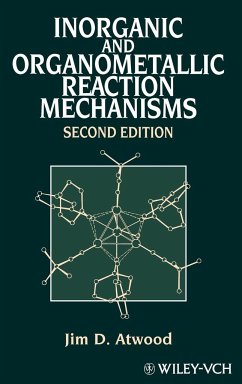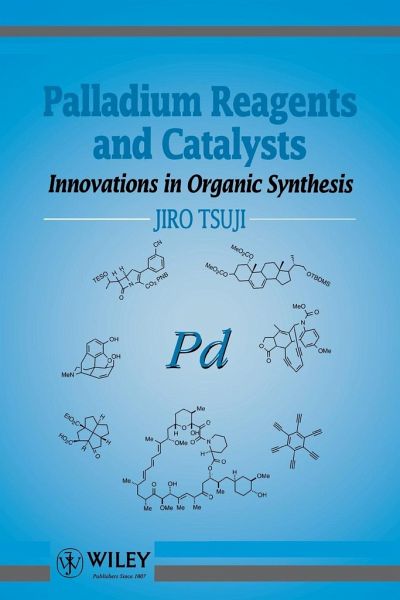
Palladium Reagents and Catalysts
Innovations in Organic Synthesis
Versandkostenfrei!
Versandfertig in über 4 Wochen
282,99 €
inkl. MwSt.
Weitere Ausgaben:

PAYBACK Punkte
141 °P sammeln!
Palladium ist das Übergangsmetall, dessen Anwendungsmöglichkeiten in der organischen Synthese am breitesten gefächert sind. Dieser Band gibt einen vollständigen Überblick über die Erkenntnisse der Palladiumchemie der letzten 35 Jahre und behandelt viele innovative Synthesemethoden. Die Reaktionen sind übersichtlich nach ihrem Mechanismus klassifiziert; ergänzt wird das Werk durch umfangreiche Literaturangaben.
Palladium Reagents and Catalysts Innovations in Organic Synthesis Jiro Tsuji Okayama University of Science, Okayama, Japan Palladium Reagents and Catalysts brings to synthetic organic chemists the many applications of organopalladium chemistry, highlighting the most recent discoveries in this rapidly expanding field. This volume provides a comprehensive overview of the development of many innovative synthetic methods, using palladium reagents either as catalysts or stoichiometric reagents. Palladium is the most versatile of the transition metals used in organic synthesis and knowledge of this rapidly expanding and challenging area is essential for all synthetic organic chemists. Palladium Reagents and Catalysts fulfils, systematically and efficiently, the urgent need for understanding the essence of organopalladium chemistry.



